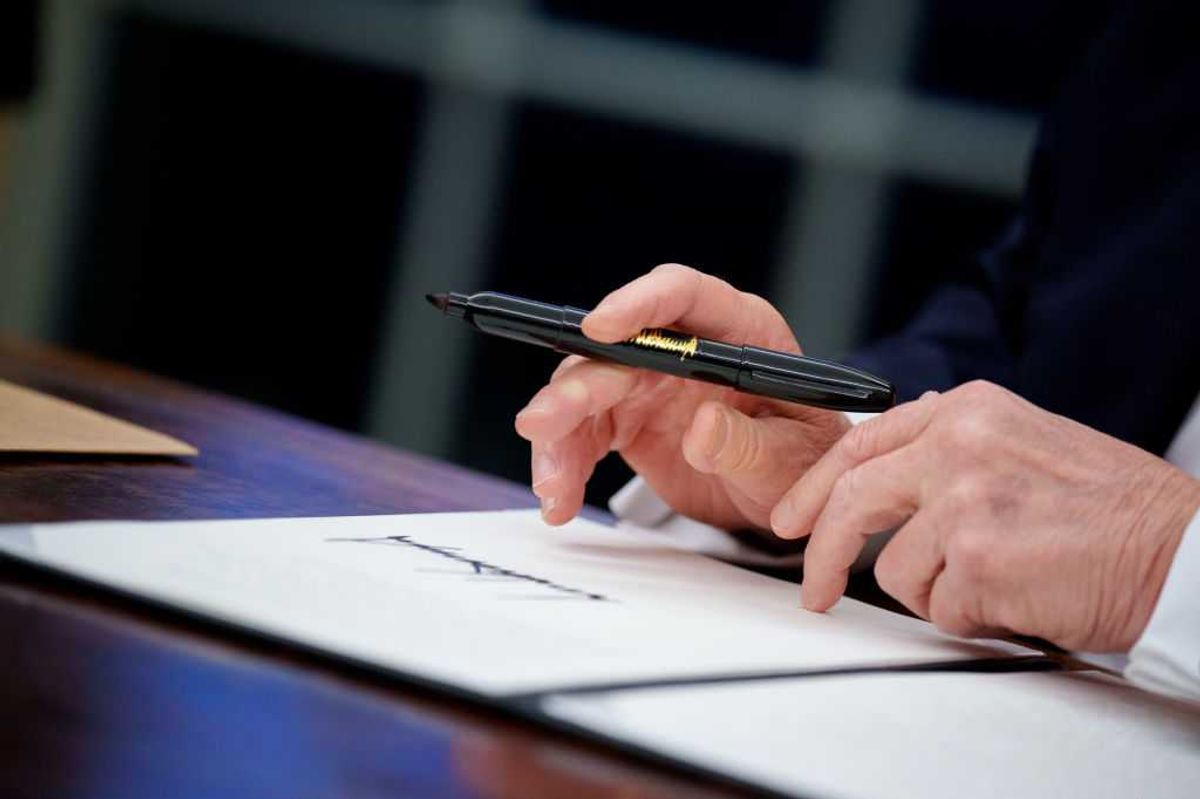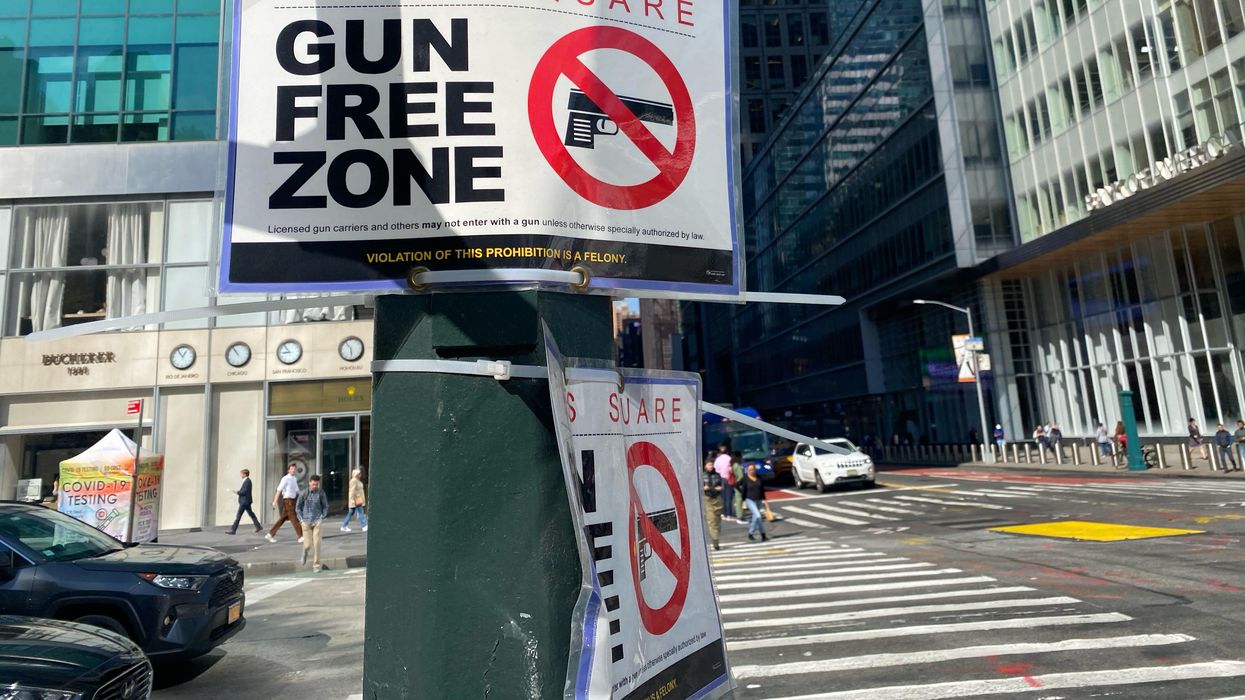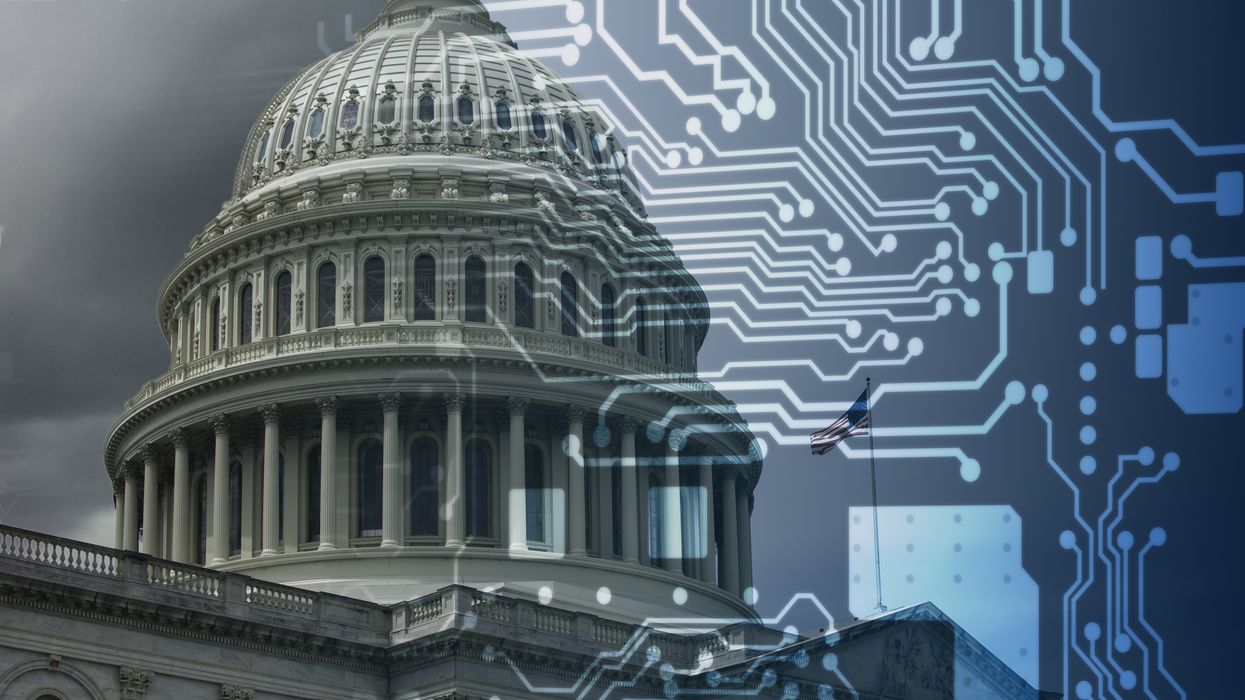Goldstone is the author of the forthcoming "Not White Enough: The Long Shameful Road to Japanese American Internment."
Ignoring the nation’s epidemic of mass shootings, in June 2022, by a 6-3 margin along ideological lines, the Supreme Court struck down a New York law that required anyone seeking a license to carry a concealed handgun outside the home to demonstrate a specific justification for the permit. Under the law an applicant could not merely use a vague, unsupported claim of “for self-defense,” but needed to document why concealed carry was necessary, such as being subjected to threats or being followed by a stalker.
Such a law was not unique to New York. Seven other states (including California and Massachusetts) and many cities, representing one-quarter of the nation’s population, also required a demonstrable need to carry concealed weapons outside the home. Without such limiting laws, since anyone could claim a desire for self-defense, there was no way to prevent even those of questionable mental health from stuffing a handgun into a pocket or purse for every trip to the post office or a 7-11.
For more than two centuries, the Second Amendment’s “right to bear arms” applied only to a “well ordered militia,” the need of which was widespread in the 1780s. But in 2008, Justice Antonin Scalia, speaking for a 5-4 majority in D.C. v. Heller, ruled that a gun kept in the home for self-defense by a private citizen was a protected right. In his majority opinion in the New York case (New York State Rifle & Pistol Association v. Bruen), Justice Clarence Thomas extended that right to streets and shopping malls. In adopting the most expansive view of the Second Amendment in American history, Thomas, as had Scalia, ignored the precedent in U.S. v. Miller, a 1939 case in which a unanimous court ruled weapons with no military purpose — to wit, a sawed-off shotgun — did not come under the amendment’s purview.
Thomas claimed to be concerned about the subjectivity of allowing New York officials to decide whether someone applying for a concealed carry license had genuine need, while refusing to exhibit a similar concern as to whether a trigger-happy would-be vigilante, such as George Zimmerman, the man who gunned down Trayvon Martin, had any need at all.
To prevent its urban areas from turning into a modern Dodge City, New York responded by passing a new law prohibiting guns on private property unless the owner explicitly approved. In addition, to carry a weapon in public required a character test and 18 hours of training. With a friendly Supreme Court lurking in the wings, Gun Owners of America sued and, in October, U.S. District Judge Glenn Suddaby sided with them once more. The George W. Bush appointee ruled, incredibly, that New York could not ban guns from such locations as Times Square, public transit, libraries, playgrounds and public parks. Although his ruling is being appealed, there is not much hope from a Supreme Court that has abandoned both logic and law to promote its political agenda.
The real problem here is that an amendment clearly written for one purpose has been shapeshifted into another and, even worse, the original meaning of the amendment has virtually disappeared from both jurisprudence and public discourse. As a result, Second Amendment law has descended into the preposterous.
One of the most important tools for those who analyze the law, either from the bench or in the classroom, is logic. Sometimes directly, often tortuously, judges and law professors wend their way through the densest rhetoric, examining arguments for logical flaws, from which they may then base a decision to arrive at, to quote John Marshall, “what the law is.” But there is a flaw in formal logic that is not often cited in legal analysis — reductio ad absurdum, an argument that appears to follow all the rules but leads to an absurd conclusion. And the conclusion that the Second Amendment protects the right of gun-toting citizens to drag the nation into near anarchy or for government to be forced to stand helplessly by during an epidemic of mass shootings is just that — absurd. If this were theater, Samuel Beckett would write the play.
For example, if one examines the wording of the amendment, there is no definition of what arms “the people” may bear. Granting the assumption that the term “bear” means to hold personally, so that driving into the Walmart parking lot with a howitzer hooked to back of a truck or in a tank would not pass muster — although some gun people would almost surely disagree — what about a rocket-propelled grenade launcher strapped to one’s back, or a flamethrower like the one used by Leonardo DiCaprio in “Once Upon a Time in Hollywood”? There is no specific prohibition against such behavior, and there are certainly those in this country who are convinced they have the right to do just that. (I’ve spoken to some of them.)
One hopes that most gun fanciers would brush off this argument and acknowledge that shoulder-fired missiles are not covered by the amendment since, outside of Avengers movies, such weaponry does not have a legitimate use for self-defense. Thomas used the self-defense argument as well. Not only is it far from certain, however, that gun rights groups — or the Supreme Court — would accept even those limitations, the Second Amendment makes no mention of self-defense as a condition for bearing arms. The only condition seems to be that bearing arms should have some relationship to that illusive “well ordered militia.”
But then, what defines a militia? Is it strictly a body of armed civilians sanctioned by federal, state, or local government, or can it be a private, non-governmental group of “patriots,” such as the Proud Boys? If the latter is the case, and the decision in New York case is as it seems, these groups can gather, march or demonstrate with whatever weaponry they wish virtually anywhere, including in Times Square on New Year’s Eve. In addition, if, for example, they choose to gather near voting drop boxes or polling stations brandishing weapons, as did some right-wing patriots in Arizona, does the government have no recourse?
While many of these scenarios might seem extreme, even ridiculous, by most mainstream Americans — at least one hopes they would be — there is nothing in the text of the amendment as interpreted by the current court to prevent any of them.
The Supreme Court’s approval rating is at an all-time low. With rulings such as those that elevate the rights of gun owners over those of ordinary citizens who wish to do their Christmas shopping without fear of being slaughtered in H&M, it is easy to see why.




















